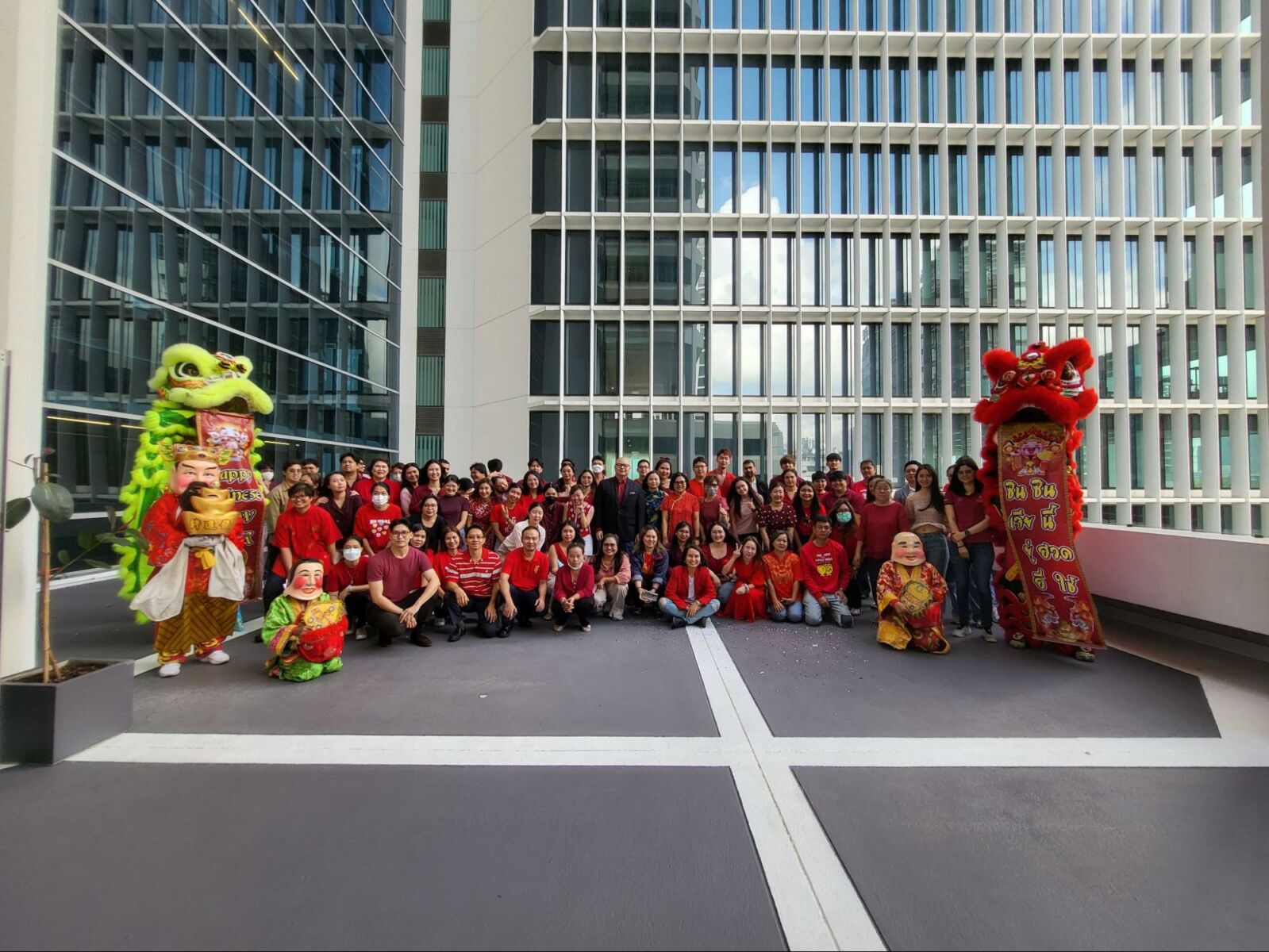The art of building on a budget: Your guide to construction cost management with Mentabuild

Budgeting in construction can sometimes feel like walking a tightrope. You need to balance quality, cost and timelines. A Quantity Surveyor (QS) plays a vital role in this process. They work to make sure that budgets are set up appropriately, costs are controlled and project financial and commercial goals are achieved.
But managing budgets, especially for a construction project, isn’t as simple as drawing up a spreadsheet and calling it a day. There’s a whole strategy behind it.
We spoke to the team at Mentabuild, who are experts in construction cost and quantity surveying to find out how they do it.
1. Start with clear expectations when estimating the costs
Every project begins with questions like, “What will it cost? Can we afford it?” But at the start, there are often more unknowns than answers. You don’t always know exactly what you’re paying for. Maybe the designs aren’t finished, or there are uncertainties about the materials you’ll need.
So, how can you budget when you don’t know all the costs?
This is why the role of professional Quantity Surveyors is more significant than you might think. This stage demands a blend of experience, research and clear communication with clients. Their approach focuses on aligning with the client’s expectations to manage the unknowns effectively.
“Right from the outset, it’s very important to understand the client, their product, and their aspirations in order to price for items appropriately,” says Mentabuild. In other words, they start by figuring out what the client wants and then build a realistic budget around it.
They also benchmark the project against similar ones they’ve worked on. This helps avoid issues like using outdated or irrelevant cost data, which can throw budgets way off track. And when things are unclear, they integrate appropriate allowances. These are, basically, placeholders for costs they’ll refine once more information is available.
2. Bring the Quantity Surveyor in early to control costs

You’ve probably heard the saying, “You can’t have your cake and eat it too.” That’s exactly how design and budgets work in construction. The more ambitious the design, the more it usually costs.
Mentabuild explains why Quantity Surveyors should get involved as early as possible. “The earlier the better,” they said. “Our ability to assess and provide feedback on construction costs of the initial design or concept is crucial. The earlier this is, there is more time and options available to amend and adapt the design accordingly.”
What does that mean in practice? Factors like wall-to-floor ratio, concrete to rebar ratio, building space efficiency, lettable areas, shape, height, and even the project’s location all influence the cost estimate. While some may hesitate to impose cost constraints on designers for fear of stifling creativity, this approach often backfires. It can lead to wasted time and abortive work when the design doesn’t align with the budget.
According to Mentabuild, they have found greater success when the entire team collaborates from the start. Their experienced Quantity Surveyors can review against market benchmarks and their own cost and commercial database to keep the design within budget before it’s too late to make changes.
3. Design documentation determines the accuracy
Ever tried assembling IKEA furniture with missing instructions? That’s what it’s like estimating construction costs without complete design details. Mentabuild put it bluntly: “With more detail, more known aspects to measure, quantify, and price, thus a greater degree of accuracy on project costings can be achieved.”
When designs are incomplete, QS teams have to rely on assumptions, which increases the risk of surprises later.
“Design coordination matters just as much, as there are usually multiple and different design consultants involved so ensuring that each of their design trades are coordinated properly is critical to avoid clashes and surprises which may lead to abortive design works or changes,” they shared.
4. Choose the right procurement strategy for your project

Procurement is basically the process of hiring contractors and buying materials. It sounds simple, but the strategy you use can have a huge impact on your budget.
Mentabuild pointed out that it all comes down to priorities. “Time, cost, and quality are the main factors,” they said. For instance, if speed is your top priority, a turnkey approach (where one contractor handles everything) might be the best option. But it might cost more and give you less control over the final design.
Every project is different, so it’s about finding the right balance for your specific needs.
“Achieving a balance between these factors is essential,” Mentabuild advises. “By ranking priorities with the client, we can tailor the procurement strategy to their specific needs.”
5. Implement robust tools for tracking costs throughout the project lifecycle
Budgeting doesn’t stop once construction begins. In fact, it’s an ongoing process. Mentabuild implements cost reports, benchmarking, detailed variation order assessments and tracking with regular updates to make sure the project stays on track financially.
From Microsoft Excel to SharePoint and project-specific platforms, their systems provide real-time updates on key cost and commercial issues. “Close monitoring of the cost and commercial issues is vital. We need to capture these to be able to report back to the client so that they are kept up to speed and able to make executive decisions on any changes,“ they explained.
6. Apply value engineering strategically
Value engineering focuses on optimising cost without compromising quality or design integrity. Mentabuild clarifies, “A common misconception is that the Quantity Surveyor implements value engineering options. Whilst we may certainly share our ideas or thoughts based on our vast experience, this is mostly design led and requires effort from all concerned parties.”
Collaboration is fundamental to achieving these goals. Everyone involved in the construction project, including designers, clients, and contractors, must work together to explore options such as reducing costs, reallocating resources, or investing strategically for long-term benefits. Timely communication and thorough analysis ensure that proposed changes align with the project’s objectives.
7. Don’t overlook the importance of cashflow forecasting
If you’re relying on loans to fund your project, cashflow forecasting is paramount. Banks and lenders want to see a clear plan for how and when money will be spent.
Mentabuild shared that construction and payment delays are some of the biggest challenges here. When construction slows down, it can mess up payment schedules and create headaches for everyone involved. Their advice? Ensure commercial terms are agreed from the outset with clear and recorded expectations in terms of performance output. Also build in a suitable contingency amount in your forecasts and update them regularly to keep things running smoothly.
8. Handle variations smartly to control costs

No matter how well you plan, changes during construction are inevitable. Maybe the client wants to tweak the design or unexpected issues come up on-site. These changes, known as variations, can quickly drive up costs if not managed properly.
Mentabuild’s approach is all about preparation. They encourage clients to take their time during the design phase to avoid rushing into construction with incomplete plans. They also recommend setting clear deadlines for decisions to keep things moving, as well as preparing detailed tender documentation to reduce assumptions.
When variations do occur, Mentabuild collaborates with all stakeholders to evaluate the impact and find solutions that maintain both cost control and project integrity.
9. Ensure a fair and competitive tendering process
Tendering is where the vision of a project begins to take shape, and selecting the right contractors or suppliers is imperative. Mentabuild follows a structured tendering process, which includes:
Pre-qualification
Evaluating contractors’ experience, financial stability, and suitability for the project. “Financial stability is critical,” Mentabuild notes. “We need to ensure contractors can deliver the project without financial strain, including providing any required performance bonds and maintaining cashflow to keep construction activities running.”
Tender documentation
Tender documents are distributed equally among qualified participants in order to provide a level playing field. After receiving bids, Mentabuild conducts detailed analyses of rates, quantities, and assumptions.
Bid analysis and ranking
After receiving the contractors’ tender submissions, Mentabuild will analyse their bids. This includes reviewing their rates, quantities, assumptions and exclusions.
From then, their team will assess the contractors or suppliers in order of cost competitiveness and completeness. However, cost is not the only factor. Other parties, like the project manager, also assess the technical capabilities of each contractor or supplier based on their submitted methods.
Once they evaluate both the commercial and technical aspects, the shortlisted options are presented in a detailed report for the client to review and make their decision.
It’s worth noting that the lowest price doesn’t always win. “There are other factors that need to be considered such as commitment on timelines, technical capabilities and previous experience,” they said.
10. Build a strong relationship with contractors

Once the project is underway, maintaining strong relationships with contractors and suppliers helps keep costs under control. Clear, concise contract documentation and open communication from the outset lay the foundation for a successful project.
“We believe in regular communication,” says Mentabuild. “By keeping all parties informed and involved, we avoid surprises that could negatively impact the project’s cost, quality, or timelines.”
Should issues arise, Mentabuild works with contractors and clients to find constructive solutions, always adhering to the agreed-upon contractual terms. Therefore, your project will remain on track even when unexpected challenges arise.

Construction projects don’t have to be a financial nightmare. Mentabuild’s expertise in Quantity Surveying, cost management, procurement and construction stage commercial management makes them a trusted partner for projects of all sizes.
From estimating the unknown to managing cashflows and variations, their comprehensive approach ensures that every project stays on track, on budget, and aligned with the client’s vision.
For more insights into how Mentabuild and their Quantity Surveyor service can help bring your project to life, visit Mentabuild’s website.
Sponsored
Latest Thailand News
Follow The Thaiger on Google News:


























